Forced Labor: How Well Do You Know Your Supply Chain?
Combating forced labor remains a complex and persistent challenge for companies globally and ticking boxes no longer meets the demand of regulatory frameworks. Companies striving for ethical supply chains must enhance automation and data insights to properly monitor and address exploitative practices.
The Scale of the Problem
As the environmental landscape evolves, one aspect remains non-negotiable: modern slavery has no place in global commerce. Unfortunately, labor exploitation is a multi-tier supply chain problem. Forced labor, including child labor, involves coercion or deception to compel work. Modern slavery is a broader term encompassing forced labor and practices like human trafficking. The U.S. Department of Labor recently identified 204 goods from 77 countries linked to forced or child labor, indicating this issue may be closer to home than many realize.
This stark reality also suggests that many organizations may be inadvertently complicit, particularly in complex supply chains where visibility is limited. The nature of modern supply chains makes it difficult to gather comprehensive data on suppliers and resource constraints further limit capabilities. Identifying forced labor, particularly at the second or third tier of suppliers, is a significant challenge that many businesses have yet to overcome.
Increasing Global Regulation
Governments are intensifying efforts to hold companies accountable for labor exploitation. These laws aim to curb the billions in illegal profits generated annually, especially in industries like agriculture, manufacturing, and construction. Regulations across regions share similar goals but differ in their approach, placing varying degrees of responsibility on companies to monitor risk, report findings, and ensure compliance.
Key Legislation:
EU’s Corporate Sustainability Due Diligence Directive (CSDDD): Effective in 2024, this directive requires companies to assess risks across their value chain, from upstream suppliers to downstream distribution. It mandates a proactive approach, integrating due diligence and engaging stakeholders.
EU Forced Labor Regulation: A complementary EU regulation focusing on products, specifically on eliminating goods linked to forced labor. Unlike the CSDDD, which takes a broader view, this law targets non-compliant goods directly and requires companies to cooperate with regulators on labor practices.
U.S. Uyghur Forced Labor Prevention Act (UFLPA): Enacted in 2021, the UFLPA bans products from China’s Xinjiang region, where forced labor is prevalent. Importers must prove that no forced labor was involved, shifting the burden of proof to the companies.
Canada’s Modern Slavery Act (Bill S-211): The law emphasizes transparency and annual reporting on forced labor risks in supply chains, focusing on disclosure rather than strict penalties like the UFLPA. Measures are to be taken by both public and private entities to assess company structures, supply chains, policies, and due diligence processes.
Beyond Box-Ticking
Global enforcement is becoming stricter, and governments are expecting more than minimal compliance. A traditional method involves suppliers signing a code of conduct stating they won’t engage in forced labor but simply taking a supplier’s word at face value doesn’t meet the due diligence requirements of today’s regulations. Companies need to demonstrate active investigations into their supply chain, providing detailed evidence of where and how materials are sourced.
Failing to meet enforcement actions can have severe consequences, from the inability to move goods across borders to reputational damage. For instance, this year saw thousands of Volkswagen cars seized by U.S. customs over parts linked to forced labor in China’s Xinjiang region, delaying deliveries and adding to their previous linkages to forced labor. Such incidents underscore the need for companies to invest in robust supply chain monitoring.
The Role of Technology
Companies can take proactive steps by fostering trusted and open communication with suppliers and employees, raising awareness, and using technology to track forced labor risks. Perhaps the most significant advancement in combating forced labor is the integration of technology. At TradeSun, we use cutting-edge machine learning algorithms to analyze trade documents, contracts, and transactional data, flagging anomalies and risks associated with modern slavery. This enables companies to enforce compliance with international labor standards more effectively and reduces the risk of complicity in unlawful practices.
AI and enhanced automation now allow businesses to detect forced labor practices in supply chain tiers where these activities have been most difficult to uncover. Detection capabilities such as TradeSun’s are designed for a wide range of stakeholders, including financial institutions, multinational corporations, and regulatory bodies. In a world where supply chain transparency is not just an ethical imperative but a regulatory one, investing in technology is the most powerful step companies can take to protect both their reputation and the people behind their products.

